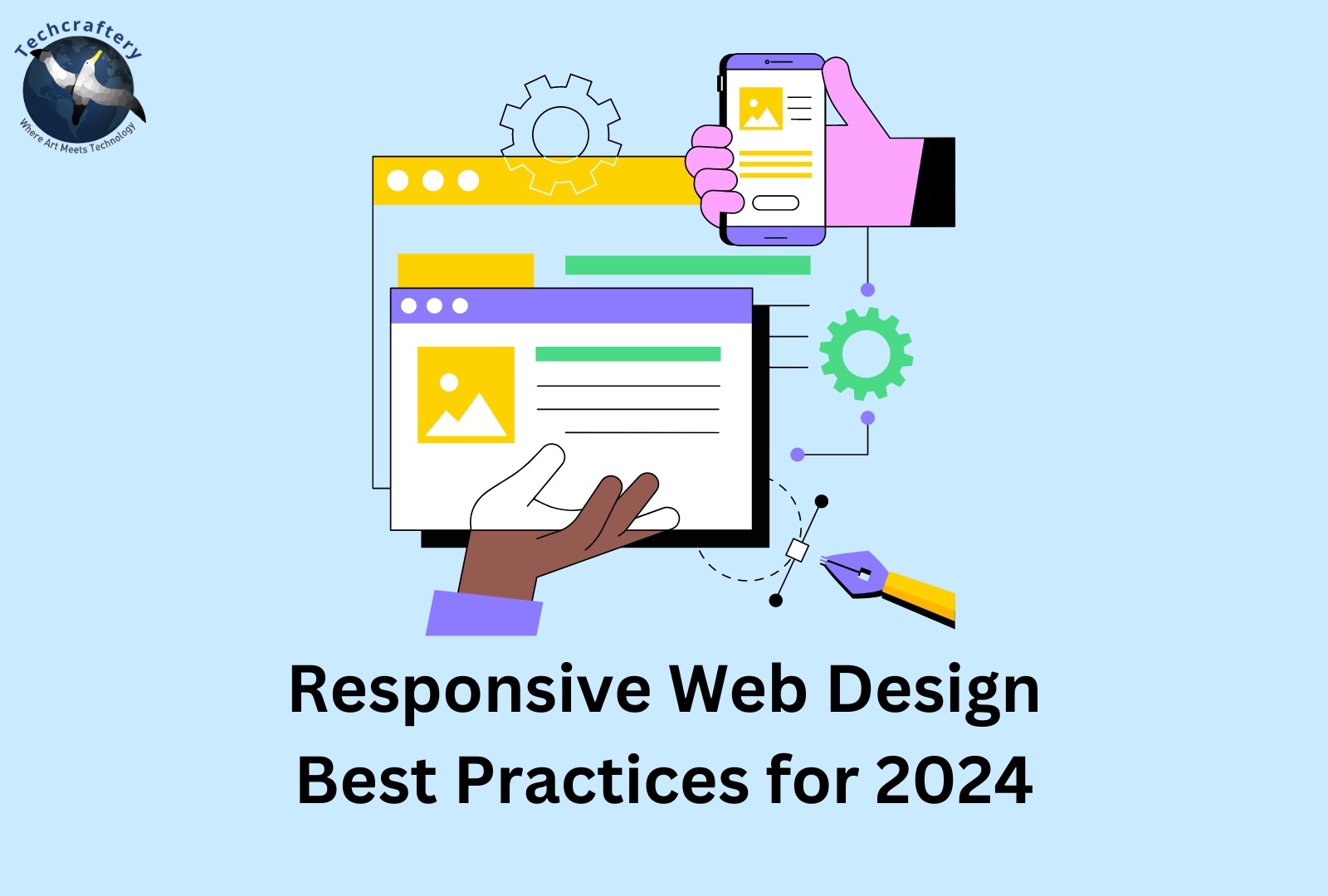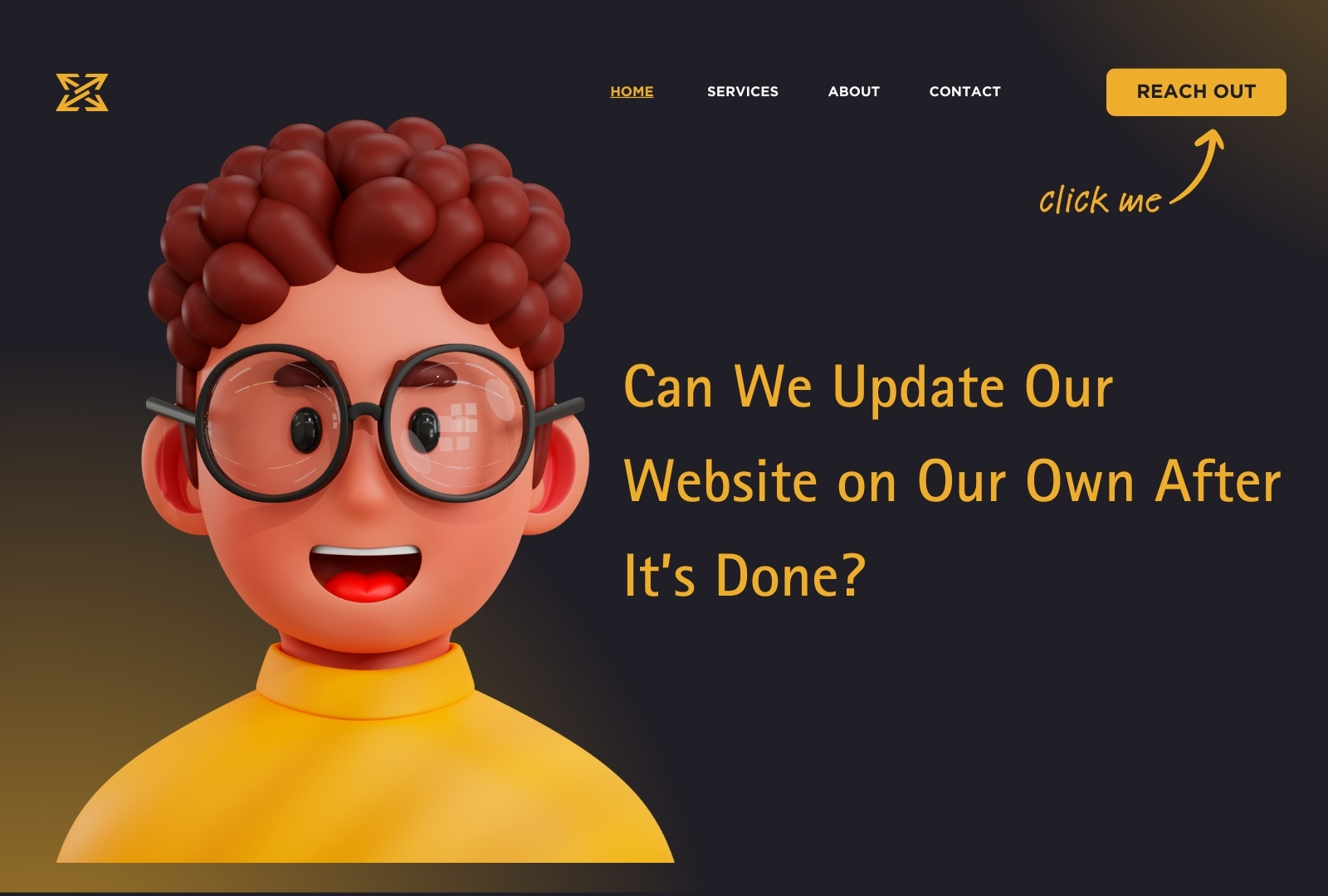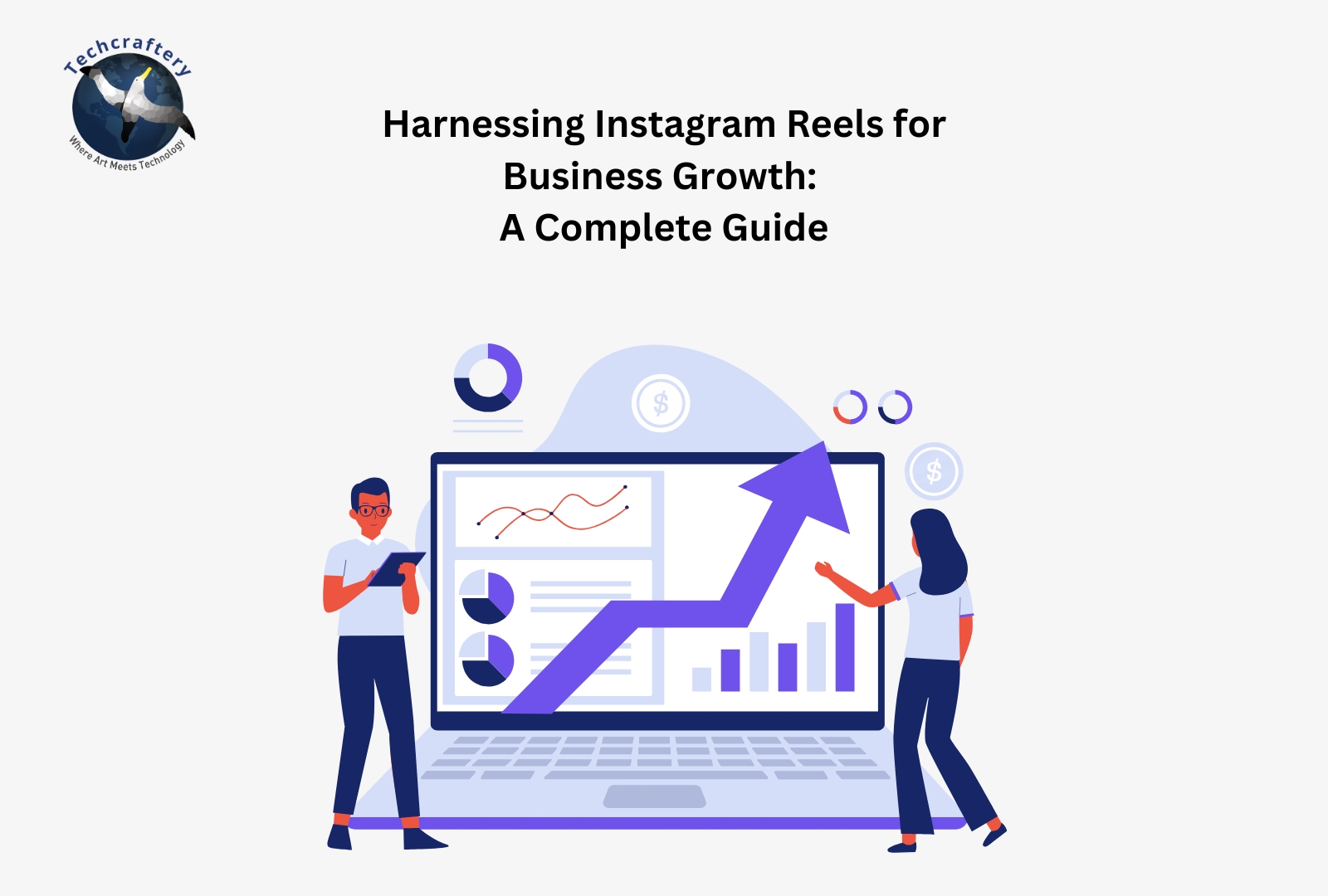Introduction
In the ever-evolving digital landscape, responsive web design (RWD) has become a crucial aspect of web development. With an increasing number of users accessing websites through various devices—be it smartphones, tablets, or desktops—ensuring that a website performs well across all screen sizes is paramount. This article delves into the best practices for responsive web design in 2024, equipping designers and developers with the tools and strategies necessary to create effective, user-friendly websites.
1. Understanding Responsive Web Design
1.1 What is Responsive Web Design?
Responsive web design is an approach that allows web pages to adapt to different screen sizes and resolutions. This flexibility ensures that users have a seamless experience, regardless of the device they are using. Key components of responsive design include fluid grids, flexible images, and media queries.
1.2 The Importance of RWD
With mobile devices accounting for over half of global internet traffic, the significance of responsive design cannot be overstated. A responsive website enhances user experience, reduces bounce rates, and improves search engine rankings, contributing to better overall performance and visibility.
2. Key Principles of Responsive Web Design
2.1 Fluid Grids
Fluid grids are a foundational element of responsive design. Instead of using fixed pixel widths, fluid grids use relative units like percentages to define layout dimensions. This allows elements to resize proportionally, ensuring that the layout remains intact across different devices.
Example:
cssCopy code.container {
width: 100%;
}
.column {
width: 50%; /* Adjusts based on container size */
}
2.2 Flexible Images
Images should also be responsive to ensure they scale appropriately on various devices. Using CSS properties like max-width and height: auto can help maintain image proportions while allowing them to resize.
Example:
cssCopy codeimg {
max-width: 100%;
height: auto;
}
2.3 Media Queries
Media queries are a powerful tool in responsive web design, allowing developers to apply different styles based on the device’s characteristics, such as screen width and resolution. By implementing media queries, designers can customize layouts and styles for specific devices.
Example:
cssCopy code@media (max-width: 600px) {
.column {
width: 100%; /* Stacks columns on smaller screens */
}
}
3. Best Practices for Responsive Web Design in 2024
3.1 Mobile-First Design
The mobile-first approach involves designing the website for mobile devices before scaling it up for larger screens. This ensures that the most crucial elements are prioritized for mobile users, leading to a better overall experience.
Advantages:
- Faster Load Times: Optimizing for mobile reduces unnecessary content and elements.
- Improved User Experience: Users on mobile devices receive a tailored experience.
3.2 Simplified Navigation
Navigation plays a crucial role in user experience. Simplifying navigation for mobile devices—such as using a hamburger menu—can help users find information quickly without overwhelming them with options.
Tips:
- Use icons alongside text for clarity.
- Limit the number of menu items to essential links.
3.3 Touch-Friendly Design
With the rise of touch-screen devices, ensuring that interactive elements are easily clickable is essential. Buttons and links should be appropriately sized, with ample spacing to prevent misclicks.
Recommendations:
- Use a minimum target size of 44×44 pixels for touch elements.
- Maintain sufficient spacing between clickable items.
3.4 Performance Optimization
Performance is critical in responsive design. Slow-loading websites can lead to high bounce rates, especially on mobile devices. Optimizing images, utilizing lazy loading, and minimizing HTTP requests can enhance performance.
Techniques:
- Compress images without sacrificing quality.
- Use asynchronous loading for JavaScript files.
3.5 Consistent Branding
Maintaining consistent branding across all devices helps establish trust and recognition. Ensure that logos, colors, and typography remain uniform, providing a cohesive experience.
Tips:
- Use web-safe fonts to ensure consistent rendering across devices.
- Utilize a design system to maintain brand consistency.
4. Testing and Quality Assurance
4.1 Cross-Device Testing
To ensure a website is truly responsive, thorough testing across various devices and screen sizes is essential. Tools like BrowserStack or Google Chrome DevTools can simulate different devices, allowing for effective testing.
4.2 User Feedback
Gathering feedback from real users can provide valuable insights into the responsiveness of a website. Conducting user testing sessions can help identify pain points and areas for improvement.
5. Future Trends in Responsive Web Design
5.1 Advanced CSS Techniques
As CSS continues to evolve, new techniques such as CSS Grid and Flexbox offer more flexibility in layout design. Utilizing these technologies can simplify responsive design processes and enhance creativity.
5.2 Voice Search Optimization
With the rise of voice-activated devices, optimizing for voice search is becoming increasingly important. Responsive design should account for voice interactions and ensure content is easily accessible for voice queries.
5.3 Augmented Reality (AR)
Incorporating AR elements into responsive design can provide immersive experiences. As AR technology advances, integrating it into web design will become more common, especially for retail and education sectors.





